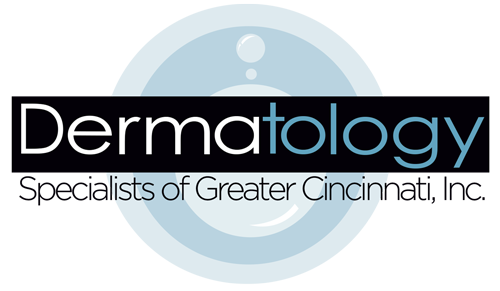What is photoaging and what can I do about it?
Tiffany Pickup, MD - February 2024
What is Photoaging?
Prolonged and repeated exposure to ultraviolet light from the sun or tanning beds can lead to a form of skin aging known as photoaging. This process causes the skin to age prematurely and can lead to obvious signs of skin damage, including fine lines, wrinkles, sunspots or age spots, increased redness of the skin, and a loss of skin elasticity and firmness. Most importantly, it can increase the risk of developing skin cancers including basal cell cancer, squamous cell cancer, and melanoma. Therefore, there are both negative medical and cosmetic effects of photodamage.
The deleterious effects of UV light are cumulative and can take years to show up. It damages the DNA in skin cells which causes them to break down and reduces the amount of collagen and elastin which are necessary to maintain skin turgor and health.
How Can You Prevent Photoaging?
1) Wear broad-spectrum sunscreen and UV protected clothing. Always wear a hat and sunglasses to prevent increased wrinkling and crepiness around the eyes and for obvious protection from skin cancer.
2) Sit under umbrellas and covered areas to avoid prolonged exposure. The UV light is often strongest between 10 am and 4 pm, so it is best to avoid direct exposure during this time frame.
3) Avoid tanning and especially the use of tanning beds.
How Can You Treat Photoaging?
There are numerous ways to help reduce the effects and appearance of photoaging.
1) Topical Treatments: Retinoids and alpha-hydroxy acids can help to improve the appearance of fine lines and improve textural issues by increasing the production of collagen and elastin.
Antioxidants, such as CE Ferulic or Phloretin CF, can protect the skin from free radicals and over time help to reduce damage and sunspots. Most importantly, antioxidants can have a prophylactic effect on the skin and protect it from photodamage as it is occurring.
2) Noninvasive Procedures: Microneedling via SkinPen is a tremendous way to promote new collagen and elastin production with minimal downtime and can be done all year round.
3) Chemical Peels: There are numerous chemical peels that we offer from superficial to deep that can greatly improve photoaging and decrease the harmful effects of sun damage, such as actinic keratoses and keratinocyte carcinomas (BCC and SCC). These can have different downtimes depending on their depth. These will remove the top layer(s) of skin, promoting cell turnover and revealing smoother, clearer skin.
4) Laser and Light Therapies: Vbeam laser (pulse dye laser therapy) and Intense Pulse Light (IPL) can both reduce the redness and rosacea type skin changes that are caused by photodamage. In addition, IPL and FRAXEL can reduce a myriad of sun damage changes including hyperpigmentation and fine lines and wrinkles, and help to improve tone, texture and radiance of the skin.
Our board-certified team at Dermatology Specialists of Greater Cincinnati understand that dealing with premature aging and sun damage can be frustrating and even embarrassing. We are experts at recommending what you can do to improve your photodamage and ways to prevent future damage!

